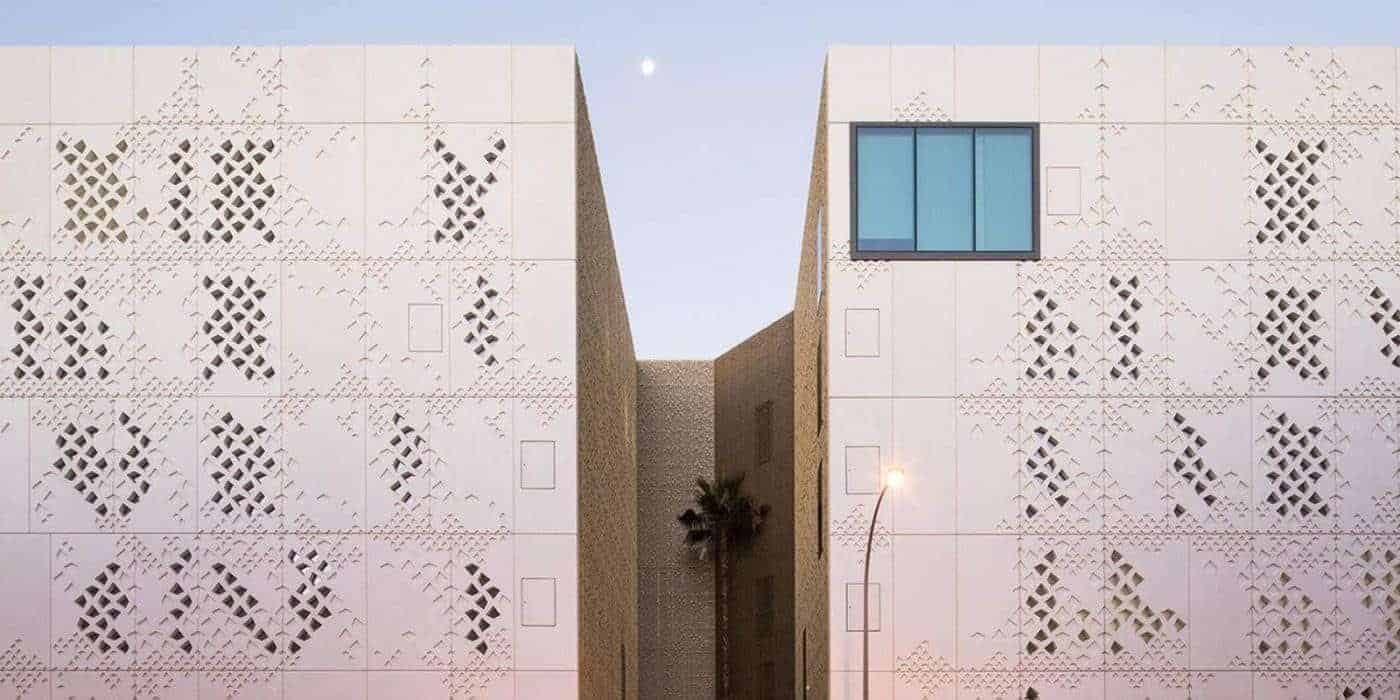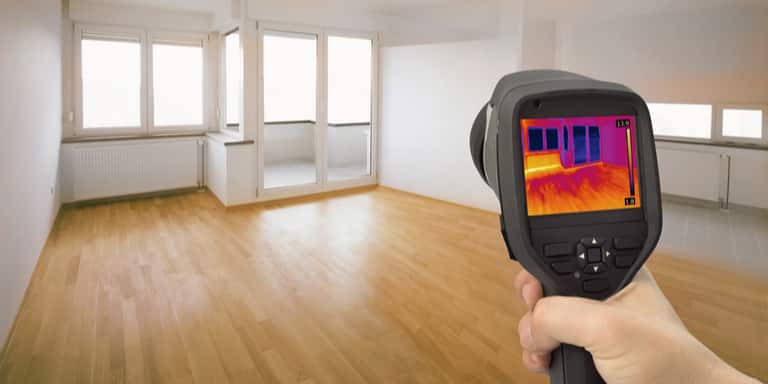05/11/2020
Prefabricated concrete facades guarantee thermal insulation in exterior walls
No-one likes to be too hot or too cold inside their home. To achieve the perfect temperature, we turn to indoor air conditioning and heating systems. But did you know that approximately 50% of a building’s energy losses are through the facade? This is affirmed by ANDECE, the national association of prefabricated concrete.
Humans are concerned with creating light bulbs that consume less and last longer, water-resistant mobiles with a longer battery life… and exterior walls that are thermally insulated, which last longer and are of a better quality. And this need is met by prefabricated concrete facades, thanks to their characteristics, but also to their sealing possibilities.
How to achieve the best thermal insulation in exterior walls
Imagine that you have chosen prefabricated concrete facades to carry out your next project. It is important to know that just selecting the right material is not enough. Ensuring good sealing between the panels of the facade to prevent possible heat loss in our building is also important.
The sealing of facades plays a very important role in ensuring the elastic joining of panels. The size of the joints varies depending on the type of facade, given they are continuously subjected to expansion movements, thermal contraction of the materials and structural movements of the building itself, so an elastic solution is the most appropriate.
Another important point is the adhesion and compatibility of the materials since each concrete facade is different and has its own characteristics. In addition, it is recommended to add a product that strengthens the facade’s resistance to UV rays, rain or wind to ensure that it is as durable as possible.
We have told you that these methods are energy efficient, but what are the parameters used to demonstrate their actual effectiveness?
Thermal insulation in exterior walls
In previous articles, we have talked about the characteristics that make prefabricated concrete facades a sustainable material. Being sustainable means being energy efficient. In terms of materials, this is measured through three characteristics: thermal resistance, thermal inertia and solar reflectance.
Thermal resistance
Thermal resistance is the ability of a material to resist heat flow. When a facade has a high thermal resistance, it does not allow the heat from the outside to enter the interior of the building, or for heat generated in the interior to be lost.
Prefabricated concrete facades have excellent thermal resistance, as they allow the incorporation of an insulation board between the panels, known as sandwich panels, sealed with a flexible system. In this way we boost its already proven worth.
Thermal inertia
An element with a high thermal inertia takes a long time to warm up, but once its temperature has been increased it also takes a long time to cool down.
The highest energy savings in buildings with high thermal inertia usually occur in the warmer months and can achieve estimated savings in cooling systems of up to 20% (in colder months, up to 5% in heating).
To prevent the heat absorbed by the facades from reaching the interior, or the heat generated inside from escaping, prefabricated concrete panels have thermal inertia from the concrete and the insulation of the intermediate sheet. A combination that, without a doubt, improves the building’s thermal performance.
Solar reflectance
That only leaves the solar reflectance index, which is the relationship between the amount of solar radiation reflected by the surface of a material and the amount that shines on it. And this depends, to a large extent, on the colour and texture of the material.
The reflectance itself cannot be described as good or bad, it depends on the context. Warmer areas are taken into consideration more, where a light-coloured material increases reflectance and absorbs less heat inwardly, and a smooth material reflects more than a rough one.
As we have explained in this article, facades are one of the decisive elements when it comes to guaranteeing the thermal insulation and energetic efficiency of a building. Something just as important as choosing prefabricated concrete facades is the need to use the necessary materials to achieve a perfect and efficient installation. This combination will lead the building to gaining points in sustainability, comfort and durability.
Find out about Quilosa facade solutions here.
Sources: Construmática, ANDECE Photograph: PREHORQUISA / ANDECE




